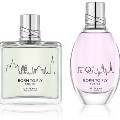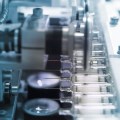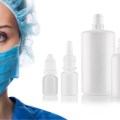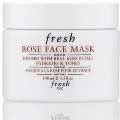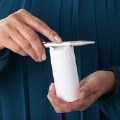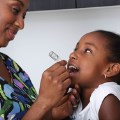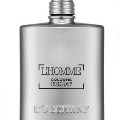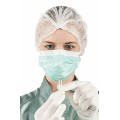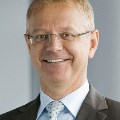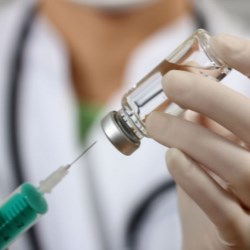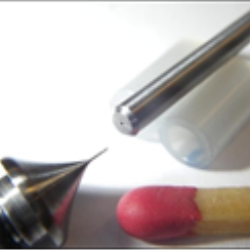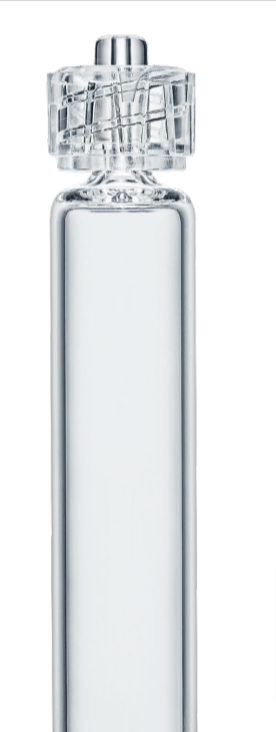Public
Gerresheimer Brochures
Gerresheimer Gallery
Gerresheimer Locations
Gerresheimer News
Gerresheimer Product Catalog
Gerresheimer Publications "Update"
Gerresheimer Videos
Subsidiaries
Sensile Medical
If this is your company, CONTACT US to activate Packbase™ software to build your portal.
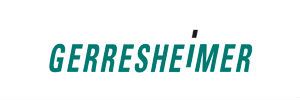

Gerresheimer AG significantly increased revenues at constant exchange rates in the third quarter of the financial year 2018 (June 1 to August 31, 2018). Organic growth was likewise substantial, as was growth in the first three quarters.
“Our business is pulling ahead as expected—the third quarter went well. We are consequently confirming our revenue guidance for this year. The integration of Sensile Medical, the technology group acquired in July, is also proceeding fully to plan. Its first product has gained European certification and is now being brought to market by the pharma company concerned,” said Rainer Beaujean, Speaker of the Management Board and CFO.
The Gerresheimer Group increased revenues at constant exchange rates by 8.8% in the third quarter of 2018, from EUR 335.0m in the prior-year quarter to EUR 364.4m. This includes EUR 3.5m from Sensile Medical, which was acquired in July 2018. On an organic basis—meaning adjusted for exchange rate effects and Sensile Medical—revenues went up by 7.8% relative to the prior-year quarter. In the first nine months of 2018, revenues at constant exchange rates rose by 3.9%. The third quarter brought revenue growth in plastic pharmaceutical packaging in Europe and notably also in India and South America. Demand for plastic vials for prescription drugs in the USA was stable.
In the prefillable syringes business, demand generally remains very good despite a slight drop in customer call-off orders during the third quarter. Medical plastic systems continue to be a revenue growth driver, especially due to the inhaler project in the USA. However, there was a decrease in demand from a number of pharma customers for whom Gerresheimer is the sole supplier. The moulded glass business showed strong positive growth rates, most notably in sales of cosmetic glass. With products such as injection vials, ampoules and cartridges, the recovery in the US business continued and there was also growth in Europe. Revenues at constant exchange rates in the new Advanced Technologies Division, which covers Sensile Medical, came to EUR 3.5m in the third quarter. In September, a wearable micro pump from Sensile Medical received CE certification for the European market. Custom-designed for the treatment of Parkinson’s disease, the pump can now be brought to market by the pharma company concerned.
Adjusted EBITDA at constant exchange rates decreased from EUR 78.2m in the prior-year quarter to EUR 76.1m. Two negative effects have to be taken into account here: An expense of EUR 1.4m was recognized in the third quarter due to the European Commission decision on the exemption from network charges granted to large electricity-consuming enterprises in 2012 and 2013. Furthermore, adjusted EBITDA at constant exchange rates for the Advanced Technologies Division is a negative EUR 2.0m. Without these two effects, adjusted EBITDA at constant exchange rates would have totaled EUR 79.5m, EUR 1.3m higher than in the prior-year quarter. The adjusted EBITDA margin in the third quarter of 2018 was 20.9%. Excluding the expense relating to the exemption for electricity network charges and excluding the new Advanced Technologies Division, the adjusted EBITDA margin came to 22.0%, which, as expected, is below the 23.4% prior-year figure.
Adjusted net income after non-controlling interests came to EUR 32.0m in the third quarter, compared with EUR 31.3m in the prior-year quarter. The adjusted earnings per share after non-controlling interests came to EUR 1.02 in the third quarter, compared with EUR 1.00 a year earlier.
Net financial debt increased by EUR 193.1m to EUR 905.8m as of August 31, 2018, primarily due to payment of the first installment of the purchase price for Sensile Medical. Calculated as the ratio of net financial debt to adjusted EBITDA over the last twelve months, adjusted EBITDA leverage stood at 3.2x.
Capital expenditure totaled EUR 19.5m in the third quarter of 2018 and EUR 45.1m in the first three quarters of the year. This included the expansion of inhaler production in the USA, additions to the product portfolio and enlargement of production capacity. In the glass business, further capital expenditure related to the scheduled furnace overhaul in the USA as well as to modernization measures, tooling and molds.
Outlook
Gerresheimer’s expectations for the financial year 2018, in each case assuming constant exchange rates and excluding acquisitions and divestments, remain as set out in the following. Exchange rates are calculated on the basis of actual average exchange rates in the financial year 2017. The largest exchange rate impact on the Group’s non-currency-adjusted earnings relates to the US dollar, for which Gerresheimer has assumed an exchange rate of USD 1.12 per EUR 1.00. The Brazilian and Indian currencies could also have greater relevance should they further depreciate. In addition, both the energy price trend—which is currently to Gerresheimer’s disadvantage—and the temporary impact of higher prices for plastic granules can also result in fluctuations. The scheduled furnace overhaul at the Chicago plant commencing in September 2018 was not yet completed on publication of the third-quarter report and can likewise result in minor variations in earnings performance for the fourth quarter.
Gerresheimer continues to expect revenues at constant exchange rates, excluding the Advanced Technologies Division, to be between approximately EUR 1.38bn and EUR 1.4bn in the financial year 2018.
For adjusted EBITDA at constant exchange rates, excluding the Advanced Technologies Division, Gerresheimer continues to project a range of around EUR 305m to EUR 315m, compared with EUR 307.2m excluding the effect of fair value measurement of the Triveni put option in the financial year 2017. In order to attain delivery capability with regard to the recently awarded large-scale European inhalers order as early as the fourth quarter of 2020, the aim is to already secure construction of the necessary production building and the conversion of existing capacity as quickly as possible in 2018. For this reason, adjusted EBITDA—depending on the progress of necessary development work for the large projects—may tend toward approximately EUR 305m.
Capital expenditure in 2018 will amount to around 8% of revenues at constant exchange rates.
The results of the new Advanced Technologies Division need to be added to the above.
Gerresheimer’s long-term target for the entire Group, including the new Advanced Technologies Division, remains as follows:
Despite the acquisition of Sensile Medical, the Gx ROCE forecast remains unaltered at approximately 15%.
Due to the acquisition of Sensile Medical and the associated purchase price payment, adjusted EBITDA leverage is expected to increase above 3x on a temporary basis. The Company nonetheless continues to consider leverage of about 2.5x to be right, with temporary variation above or below this tolerated because M&A activity cannot be planned in exact detail.
The initial, preliminary indications given in the second quarter of 2018 with regard to the Group’s long-term performance continue to apply, as does the information on the acquisition of Sensile Medical, which comprises the major part of the new Advanced Technologies Division. Gerresheimer plans to add further detail to the initial, preliminary indications for the years ahead with regard to the Group as a whole, including the new Advanced Technologies Division, in the guidance provided on publication of the Annual Report 2018 in February 2019.


.jpg)
.jpg)
.jpg)
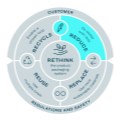
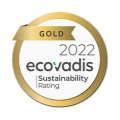
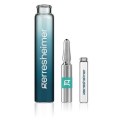
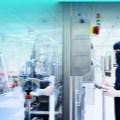
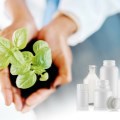

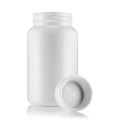

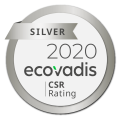
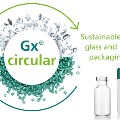
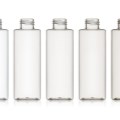
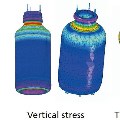
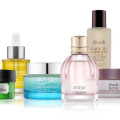
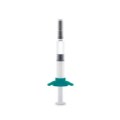
.jpg)
